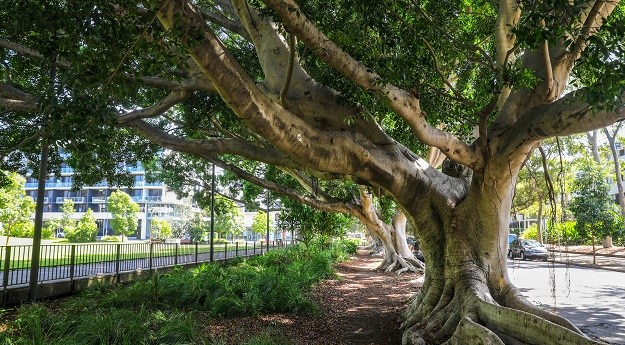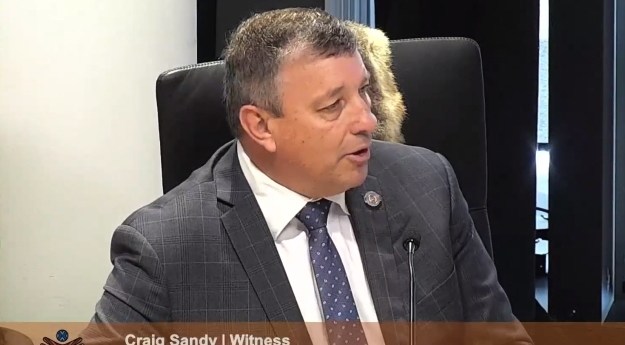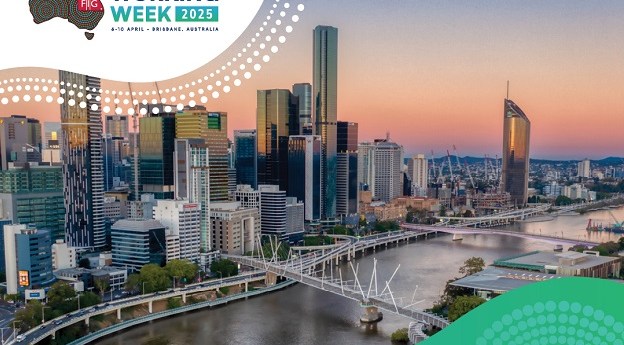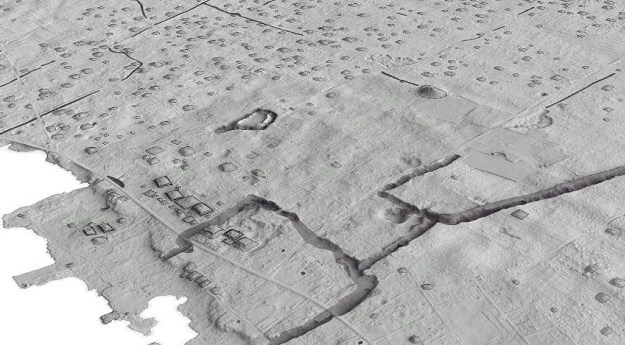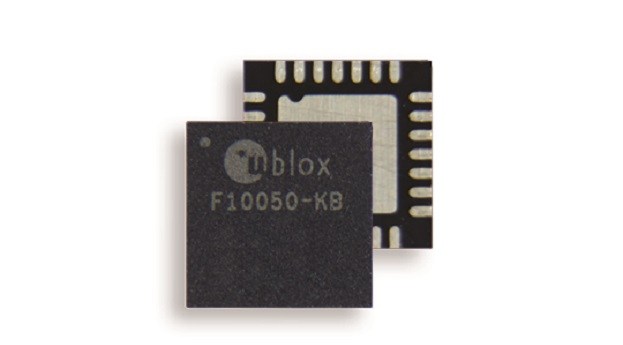Mobile Laser Scanning (MLS) combines the power of terrestrial laser scanners with the positioning technology provided by GPS and Inertial Measurement Units (IMU’s). When these components are mounted together and interfaced they produce an extremely powerful measurement tool. As the vehicle moves, the laser rotates rapidly collecting 300,000 points per second, measuring everything to a few millimetre accuracy within a 100m range of the vehicle. Image data is collected by a 360° camera simultaneously. The result of the scanning survey includes a “cloud of points” with associated imagery. The level of detail acquired during asset capture and measurement is dependent on speed of travel, but typically includes road surface cracks, line markings, power lines, building facades etc. Mobile laser scanning is a fast, accurate, safe and thorough way of measuring detail information along any corridor.
You need Adobe Flash plugin version 9.0.115 or
higher to view the videos on this site
Get it here, it will only take a minute (1 MB)
McMullen Nolan has been interested in the MLS technology since it first emerged. In 2009 they carried out an exhaustive study of the MLS systems that were on the market. They concluded that the available systems did not meet all their needs and decided to use their in-house expertise to build their own MLS system using standard “off the shelf” components – Laser Scanner, GPS, IMU and 360° camera. McMullen Nolan interfaced these components and developed laptop based “Maps MLS software” to control and monitor the sensors, monitor the satellite status and store the enormous amounts of data that are acquired. McMullen Nolan also packaged the components in a rugged, weatherproof housing that was portable and easy to mount on a range of vehicles such as a 4WD, Hi-Rail system for track work or boats.
The system was first employed on a production survey when McMullen Nolan partnered with Main Roads Western Australia (MRWA) to conduct a Digital Ground Survey (DGS) for 80km of the Indian Ocean Drive in near Greenheads in Western Australia. The aim of the DGS was to capture and present data to MRWA survey and design standards 15 metres both sides of existing centreline and include all road furniture, signage, culverts, services, rail crossing etc.
The survey in Western Australia was so successful it won the WA Excellence in Surveying Award in the Innovation and Commercialisation category. Wayne Cannell, Survey and Mapping Manager – Road and Traffic Engineering, Main Roads, WA, commented “We were very pleased with the survey results from the Mobile Laser Scanning survey supplied by McMullen Nolan. The survey not only satisfied our accuracy and digital supply standards, but was completed in 25% of the time it would have required using standard surveying techniques. Importantly from our prospective, the survey was captured with no Traffic Management and minimal disruption to road users which is obviously a much safer environment for the Surveyors undertaking the work and the travelling public”.
Since the first MLS survey was completed in February 2010, McMullen Nolan have been involved in a range of corridor surveys in WA, NSW and Queensland, including asset capture along roads, positioning road markings where two major highways merged and measuring separation distances between overhead power lines across hundreds of bays.
McMullen Nolan is excited about the future of Mobile Laser Mapping. They are pleased to offer a full service to end-users, or work as a “Mobile Laser Scanning” service provider to other Survey companies. Access to McMullen Nolan MLS will enable these Survey companies to offer their customers a greater range of technology and measurement solutions to meet their needs.
.jpg)
For more information on McMullen Nolan Mobile Laser Scanning, please contact:
John Nolan (08) 6436 1554.
Rod Eckels (02) 8084 5524
www.mapsurvey.com.au






